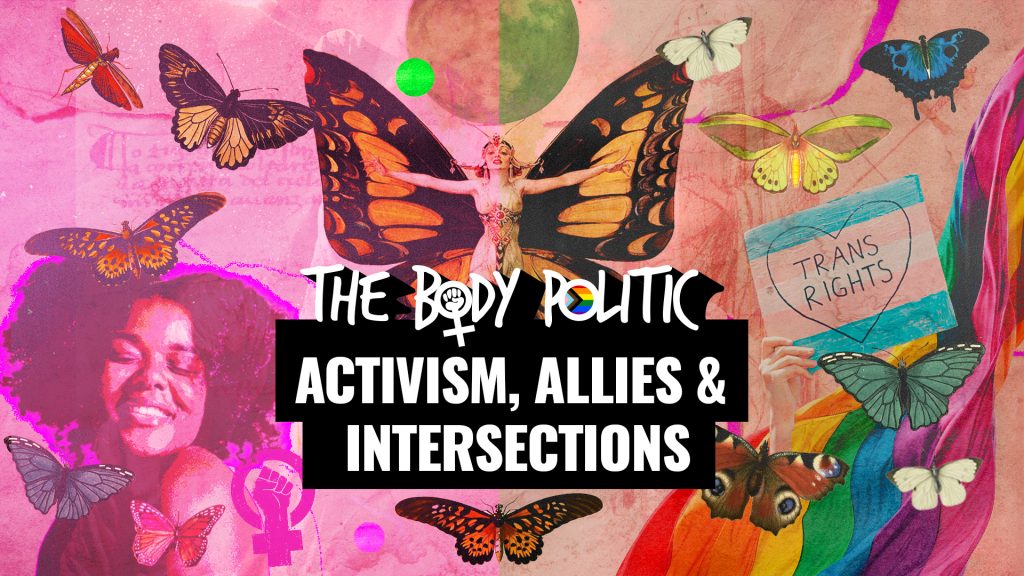Activism, Allies and Intersections

Introduction
Being an ally isn’t just about support. It is deeper rooted in solidarity, plurality, and collectivism. It is about making the conversation relevant to other people and giving them reason to be involved and stay involved. Genuine allyship is a building block for intersectional feminism and a place where we can find and nurture collective liberation.
Intersectionality is not just a critical tool for analysis of intersecting oppressions, but also a means of challenging a heteropatriarchy, which deems itself normative and authoritative. Within this topic, we will examine definitions of intersectionality and look at how solidarity formed the basis for success throughout the Irish abortion campaign.
You can explore these issues by completing an online learning course on intersectionality. There’s also a collection of other learning resources for you to explore, including interviews, activities, research, and podcasts.
Enjoy and be an ally!
Online Learning
Intersectionality is often seen as a ‘buzzword’, as something new. But its roots go back to the 1970s and further. In this session you’ll explore intersectionality completing a range of interactive activities to explore the following questions:
- Where does the idea of intersectionality come from?
- What does intersectionality mean and what does it do in practice?
- Why is intersectionality important for solidarity and allyship?
- What does ‘working in an intersectional way’ look like?
The learning activities should take you about an hour and 15 minutes to complete. We’ve broken it down into bite-size pieces of 10-20 minutes each so you can learn at a time and pace that suits you.
- Click on Activity 1 ‘What is Intersectionality?’